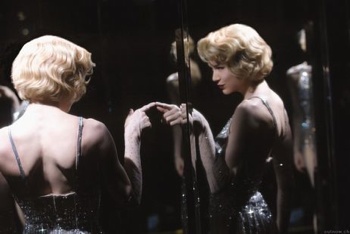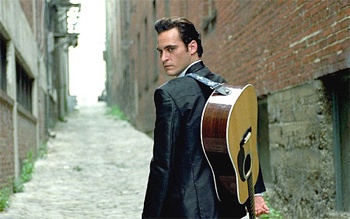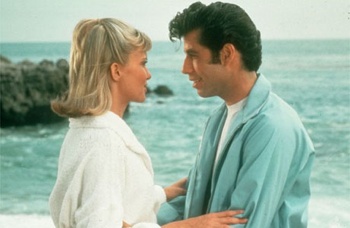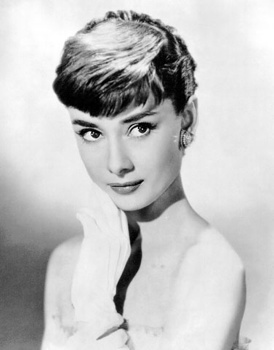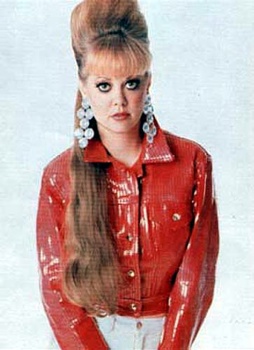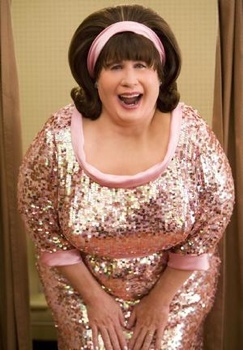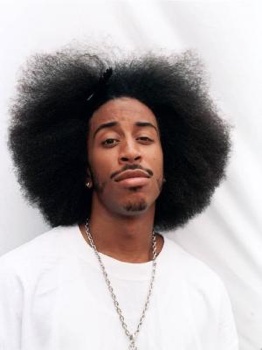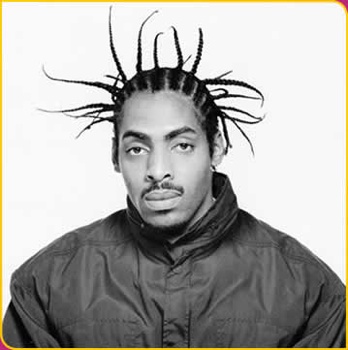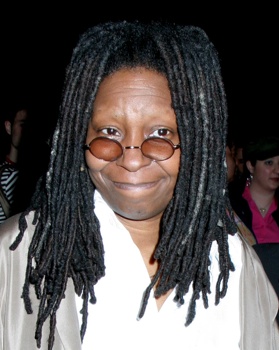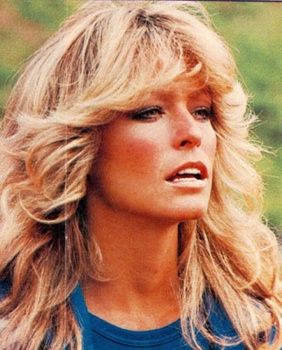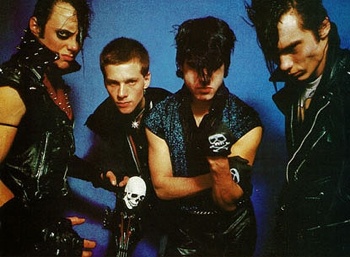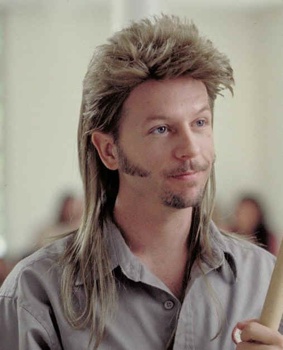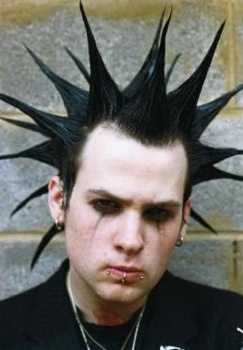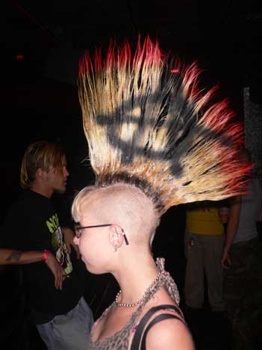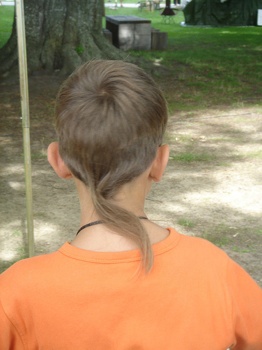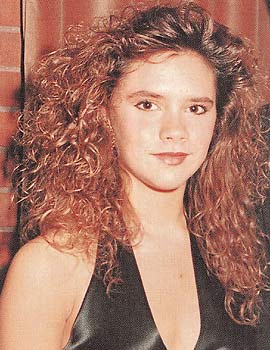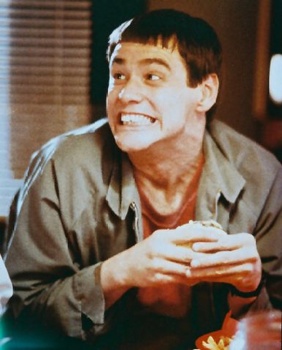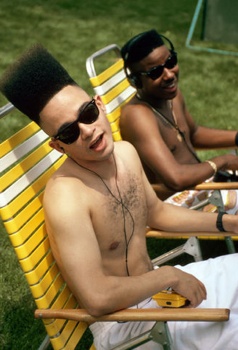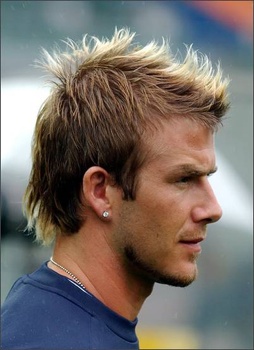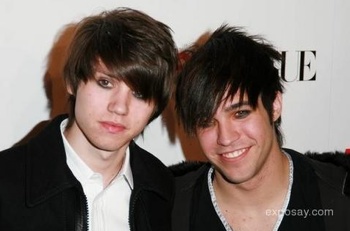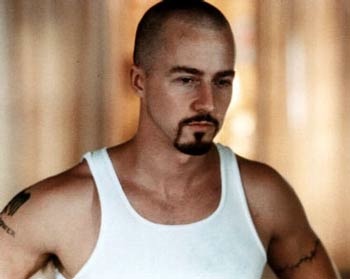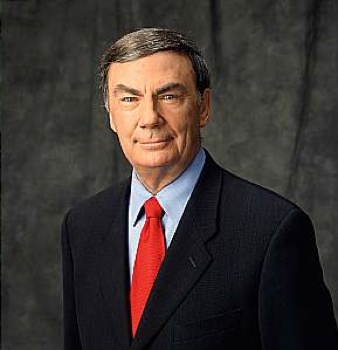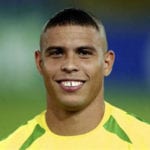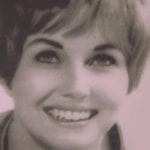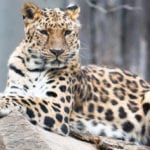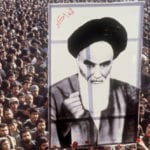A look very popular with the ladies during the Roaring 20s. It was part of an overall look known as “The Flapper”, where the girl would crop their hair between their chin to their ear level and work in uniform waves. This became immensely popular due to celebrity such as Zelda Fitzgerald and Colleen Moore.
The more respectable of the two hairstyles famous in the ‘50s, the pompadour was created by combing the hair against the sides, but pulling the hair up and over on itself on top. This look was more popular with celebrities in the era, like Elvis Presley and Johnny Cash.
Take one “wrong side of the tracks” gentleman. Leave some hair long around the neck and apply generous helpings of hair grease. Give the gentleman a comb and watch as he obsessively combs the sides flat and back and leaves the top piled high. The top was either left in disarray, symbolizing the “greasers” role in society, or combed into a tube that was called “the elephant’s nose”. Why settle for looking like one ridiculous animal when you can have two!
Popularized by actress Audrey Hepburn, it is a very short hairstyle with even shorter bangs (fringe). It resembled what pixies were drawn to have as a hairstyle.
Nothing says “big hair” like a beehive. Women sported this “hair-don’t” by teasing their hair up with plenty of hairspray, usually in a tall, dome shape that mimicked a beehive. Also known in the southern United States as “the B-52”, it inspired a band from Georgia to name themselves after it and create some zany music.
Made famous by the Beatles in a time when men still kept their hair short. It’s pretty much any cut that’s grown out and messy. If you were a pop idol in the ‘60’s, women would love whatever you did to your hair.
Generally, any haircut that’s piled high on top of the head. The aforementioned beehive hairstyle is a bouffant style. Actual types of bouffants can range from Tracey Turnblad from Hairspray to Kramer from Seinfeld.
A hairstyle sported largely by African-Americans, but also by other ethnic groups and people with very curly hair. The style maintains that curly hair is grown and brushed out to create a perfect halo of hair surrounding the head. It was popularized by the “Black is Beautiful” movement and by icons such as Jimi Hendrix. The Isro is the Jewish-American version of this hairstyle.
Another style of hair popularized during the “Black is Beautiful” movement, corn rows allowed the wearer an alternative to the afro. The hair would be braided tightly to the scalp, usually in rows from front to back, and secured with elastic bands.
Associated with the Rastafarian movement, the dreadlock hairstyle involves sectioning the hair into locks and growing it as long as it can go. It began in the 1950s in Jamaica and reached America around the time reggae music became popular. This style was sported by celebrities like Bob Marley.
Made popular by actress Farah Fawcett, thousands of women copied this hairstyle in the 1970s. The hair would be parted and teased back, but still soft and flowing.
A style worn by African-American men that involved a laborious and expensive regiment of products. The hair was first relaxed, then permed to create a softer, oilier looking curl.
Made popular by the punk band the Misfits, it’s hair that has been teased forward and pointed.
The ultimate redneck haircut. It’s very simply long in the back and short in the front, or “party in the back, all business up front”. This haircut is associated, not just in America, but all over the world with lower classes. There are many different styles, some combining others found on this list, including the mullhawk (mullet-mohawk), the tropical mullet (with dreadlocks in the back), the skullet (shaved head with long locks in the back), and the cullet (long hair in back, receding hairline in front, usually swept over).
Like its brother the Mohawk, the Liberty Spikes are a challenging hairstyle, both to wear and to society. Associated with the underground punk movement of the 1980s, it’s a marvel to look at. It brings up questions such as “How does he keep them that way?” or “How many people’s eyes has she poked out?”. The great thing about the Liberty Spikes is, so long as you have a few inches of hair, a hatred for the Establishment, and Elmer’s glue, you, too, can have this hairstyle.
Truly THE hairstyle of the punk movement. The wearer would shave his or her head except for a strip in the middle, from the forehead to the back. This would be grown long and cemented straight up with any number of household liquids, including eggs, glue (see Liberty Spkes), hairspray, pomade, and gel. Other forms include the Reverse Mohawk (shaved hair being in the middle), bi- or tri-hawk, the Chelseahawk (with bangs – fringe), the duo-hawk (split into two pieces), and the deathhawk (with teased hair).
A hairstyle involving a long lock of hair on the nape of the neck. The hair could be left alone, braided, permed, or dreadlocked. This is another hairstyle associated with the lower-class, redneck culture.
The dreaded hairstyle of the ‘80s. This style made Aquanet money hand-over-fist. As with many other styles of hair, perms had been introduced prior to the 1980s, but only took off during this decade. Women and men both, but mostly women, would perm their hair, tease it, and use as much hairspray as possible to hold it in place.
If you couldn’t afford to go to the barber, you could ask your mother to place a bowl on your head and shave everything else off. That is exactly what many boys did, or at least looked like they did.
A hairstyle that tried its darndest to look like a pencil eraser. Popular with African-American youth in particular, the hair would be shaved at the neck, puffed straight up, and shaved flat at the top. This style was popularized by Will Smith and Kid ‘n’ Play.
A popular haircut with women, it was named after the character Rachel Green from Friends, who sported this haircut in the first few seasons. It is a layered, bouncy ‘do with highlights and lowlights.
For those who want a little punk in their lives, but don’t want the commitment of shaving their heads, the fauxhawk is perfect for them. A shorter haircut is styled with gel to create a ridge of hair in the middle. A variation on this is the Hoxton flip, where the wearer slicks back the sides and spikes the top like a mohawk. Sanjaya of American Idol fame also popularized the ponyhawk, where the hair is pulled up into a series of ponytails in the middle of the head.
A complicated hairstyle for the complicated feelings that go along with the Emo lifestyle. The wearer will dye their hair black, part their hair to an extreme on one side, and razor cut their bangs (fringe). This allows the Emo to participate in their “half-view” on society by hiding behind their hair.
The hairstyle for the person that doesn’t like hair. The buzz cut will cut or shave all of your hair off, to the degree you’d like. The haircut is associated with the military (especially new recruits) and the neo-Nazi movement.
There comes a point in a man’s life when he no longer has hair. Some opt to shave it all off and be done with it. Others go to sources like Rogaine or the Hair Club for Men to solve their baldness. Then, there are those who like to pretend it isn’t happening. They will grow their hair out and comb it over their bald spot in order to hide it. Famous people sporting a combover include Donald Trump and Homer Simpson. Contributor: Cedestra
